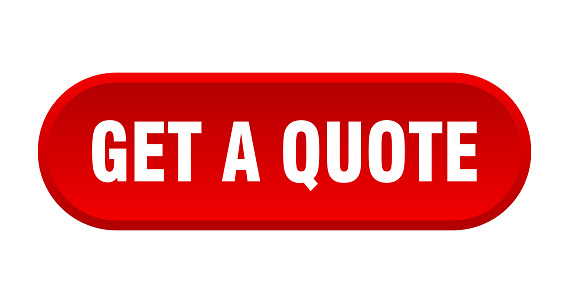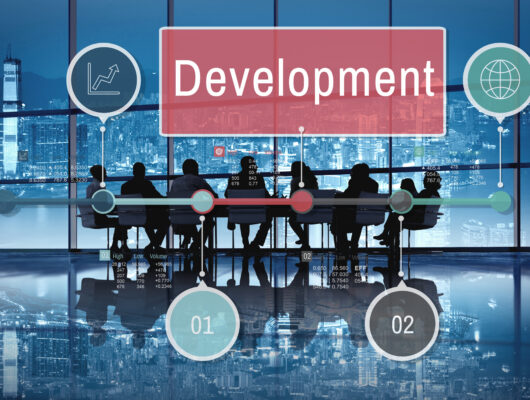
In the dynamic landscape of the digital world, a website is not just a virtual storefront; it’s a powerful tool that can make or break your online business. As consumer behaviors evolve and technology advances, the need to keep your website fresh, engaging, and optimized for conversions becomes paramount. In this article, we will delve into the transformative potential of website redesign and how it can lead to higher conversion rates and increased sales.
Understanding the Impact of Website Design
Your website’s design is more than aesthetics; it’s a reflection of your brand’s identity and values. A well-designed website creates a positive first impression, instills trust in visitors, and encourages them to explore further. A poorly designed website, on the other hand, can deter potential customers and hinder conversions. Website redesign provides the opportunity to align your design with current trends and best practices, ensuring a modern and user-friendly interface that resonates with your target audience.
Enhancing User Experience (UX)
User experience is at the heart of every successful website. A well-executed website redesign focuses on improving navigation, streamlining user flows, and reducing friction points that might impede visitors from converting. By optimizing the user journey and making it intuitive, you guide users seamlessly from entry to conversion, ultimately boosting your conversion rates.
Mobile Responsiveness
With mobile devices driving a significant portion of online traffic, a mobile-responsive website is no longer optional – it’s essential. A website redesign is an opportunity to implement a responsive design that adapts seamlessly to various screen sizes and devices. A mobile-friendly website enhances user experience, reduces bounce rates, and opens up new avenues for mobile-driven conversions.
Conversion-Centric Elements
During a website redesign, you have the chance to strategically place conversion-centric elements such as call-to-action buttons, contact forms, and product showcases. These elements should be visually prominent and strategically positioned to guide visitors towards taking desired actions, whether it’s making a purchase, subscribing to a newsletter, or requesting a quote.
Page Loading Speed and SEO
Website speed is not only crucial for user satisfaction but also for search engine optimization (SEO). A slow-loading website can lead to higher bounce rates and lower search engine rankings. In your redesign, focus on optimizing images, minimizing unnecessary scripts, and employing caching mechanisms to ensure swift page loading. A faster website not only keeps visitors engaged but also contributes to better SEO performance.
Conclusion
Website redesign is not just about giving your online presence a facelift; it’s about enhancing user experience, optimizing conversions, and driving sales. It’s a strategic investment that acknowledges the ever-changing digital landscape and the evolving needs of your audience. By harnessing the power of website redesign, you create a platform that not only attracts visitors but also nurtures them into loyal customers, resulting in higher conversion rates, increased sales, and long-term business success.





